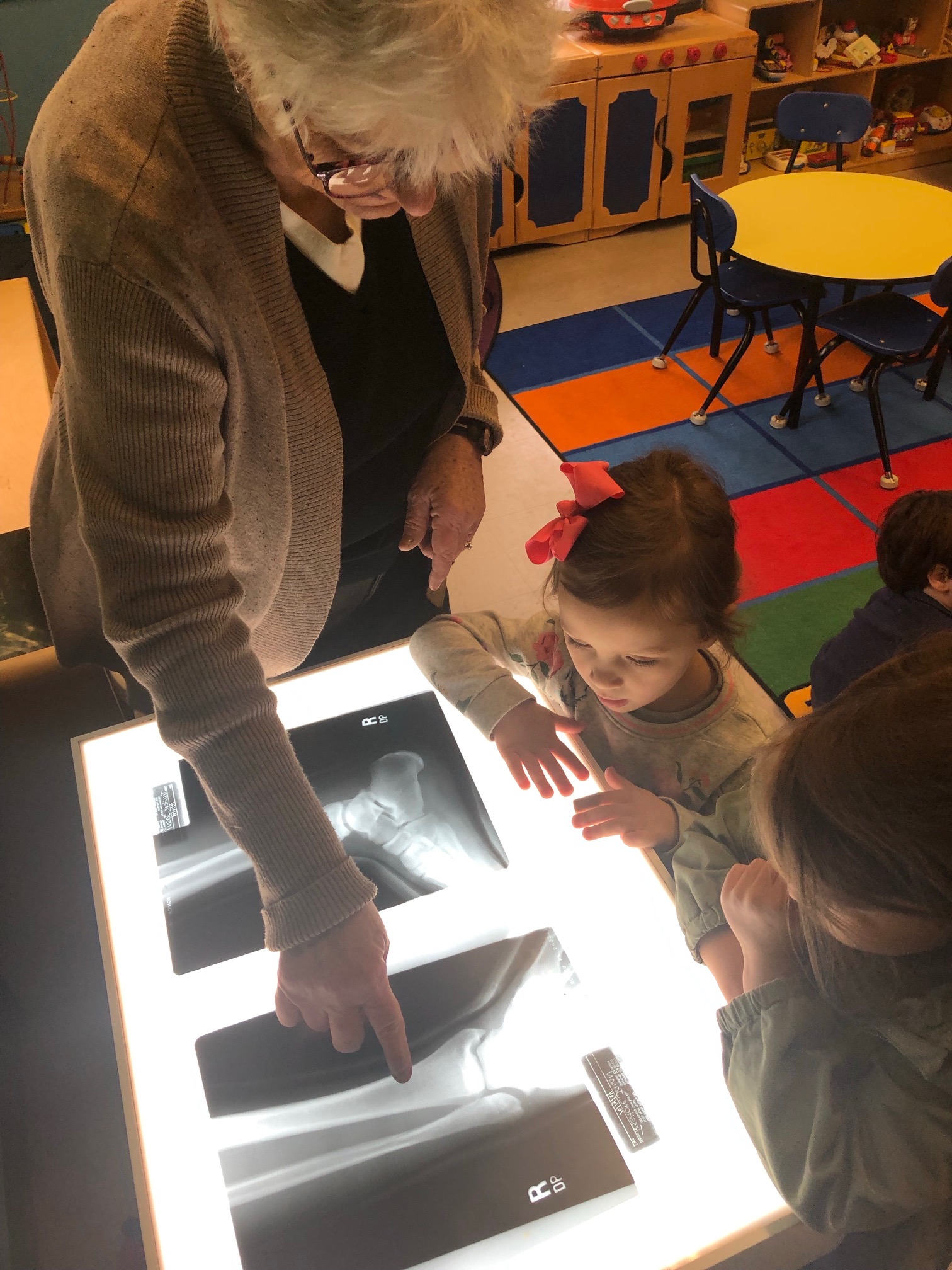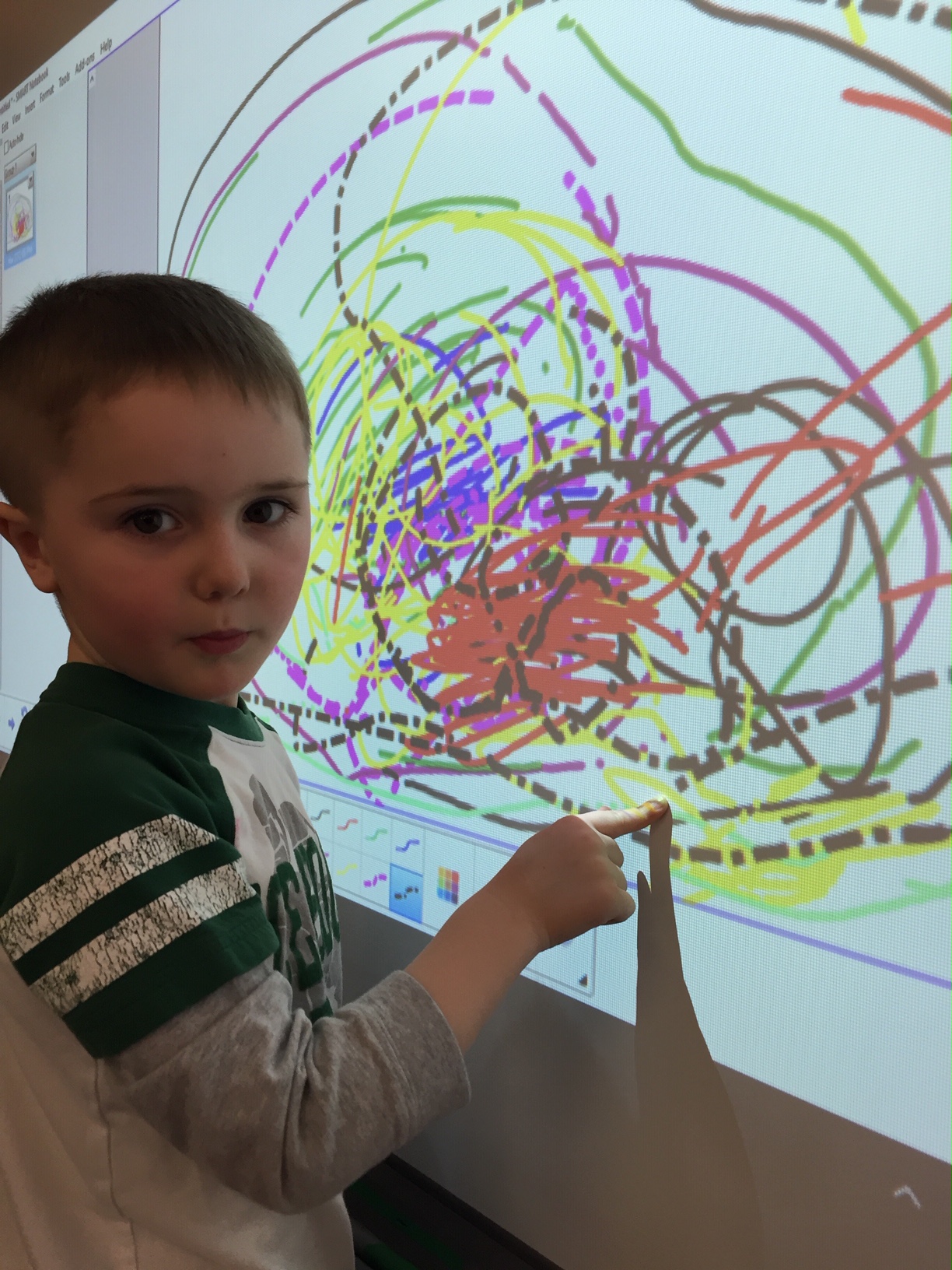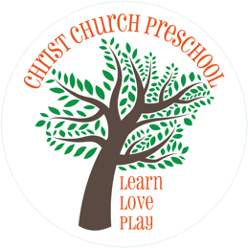In the 1990’s, our school founder and a former director served on a committee that helped in the development of the Connecticut Framework.
Today, Christ Church Preschool uses the Connecticut Preschool Curriculum Framework goals and standards, along with the Connecticut Preschool Assessment Framework as guidelines for developing and implementing our educational program.
In addition, our curriculum incorporates the Handwriting Without Tears program and the principles of Brain Gym to maximize the child’s learning and development.
Our programs use the four domains of development:
- Personal and social development
- Physical development
- Cognitive development
- Creative expression/aesthetic development
The daily activities are both child selected and teacher initiated. A variety of materials and equipment allow for exploration and discovery by individuals or small groups, along with active and quiet play.
We strive to facilitate a child’s confidence, independence, and skills that enable them to sustain the day for a successful Kindergarten experience.

The teacher’s observations of the child, allow her to plan a curriculum that introduces developmentally appropriate concepts and skills. Activities and experiences are planned according to a calendar of themes and units which are relevant and often initiated by the children. The teacher serves as a facilitator in this meaningful and successful learning.
According to Swiss psychologist Jean Piaget, who has exercised the greatest influence on early childhood education, children’s learning occurs as a result of tactile experiences with objects in their environment. By manipulating objects and exploring on their own, they obtain information. As they relate new ideas to information they already know, more learning takes place. Children move beyond rote memory recall when adults provide them with concrete materials and guide them through their own first-hand discoveries. Sensory interaction is essential if children are to handle symbols well later on.
Erik Erikson explains the development of personality by the ways in which children interact with the environment and how they solve problems. The direction of growth is affected by the way that the environment supports the child and the way the child fulfills the standards of significant persons. A child feels a sense of accomplishment and belonging through the successful child-initiated activity as well as adult-child interactions.


For over sixty years, the Gesell Institute for Human Development has studied the motor and social behavior of children through their language and adaptive skills. While the rate of growth is different for each child, it is highly patterned, predictable, and cannot be rushed. Age norms are not to be used as standards or expectations, but as averages to assist in the assessment of growth. Appropriate manipulative and symbolic play activities will support the stage the child has attained.
The whole child goes to school, not just the brain. A child’s intelligence needs to be supported by the rest of the development, using the child’s potential for school success. Rather than being pushed from one stage to another, children need to be prepared by experience for each major change. The children are exposed to a variety of materials and activities allowing for success in a variety of learning styles. Academic worksheets are available for those who may be ready. Those who are not may go at a slower pace. When they are ready, familiarity will help in their success.
Encouragement of social, emotional, cognitive, physical, creative expression and aesthetic development, along with independence and self-help skills build self-esteem and confidence. Success in preschool and kindergarten is the result.

